Street performance—the act of performing in public places—is practiced in every major culture in the world and dates back to antiquity. Street theatre has very remote origins. It is said that the first jugglers appeared in ancient Egypt and were hired in the markets to draw the attention of passersby to the pottery stalls by performing juggling and swirls of plates and cups.
The street theatre is a profane theatre; it was born in front of the temple, in front of the church square, and—in the early Middle Ages—it was the only true deuteragonist of the religious rituals. Historically, the time in which performances took place in real theatrical buildings is relatively limited compared to the phases where the stage space was an open space: a market, a fair, a square, a street, or a churchyard. Because of this, in many ways, street performance is foundational to how theatres function in modern society.
Street performance was common in the Romani culture, as fundamental to the nomadic culture. The Roma performed in streets, squares, and markets as musicians, dancers, fortune-tellers, bears, and goat tamers. They were present all over Europe by way of their travels along the Mediterranean coast to Spain and the Atlantic Ocean and then up north to England and the rest of Europe. Romantic mentions of Romani are found in all forms of song, poetry, prose, lore, paintings, and pictures.
Up until now, Roma people performed in the streets mainly as musicians. During the first half decade of the nineties, I used to perform in the main squares of Rome’s city center. I would spend the weekends in my clown costume. There I made acquaintances with a group of Roma children selling roses on the terraces of the square’s cafés or simply begging, looking poor and miserable. Every time I would start my performance, they would rush to gather the circle and watch my show again and again.
Ten years after, when I started working with social theatre, it happened that my pupils were the very same Roma children that had grown older and were very eager to learn clown skills to perform in the street instead of begging and looking miserable. This constituted the foundation of my future work as an arts educator for Roma youth and still is. I don’t believe that everyone has to become a street performer, but I’ve seen how there is a possibility to transform one’s own condition, adding dignity and potential to everyone’s lives.
Historically, the time in which performances took place in real theatrical buildings is relatively limited compared to the phases where the stage space was an open space: a market, a fair, a square, a street, or a churchyard.
Street theatre and performing has become even more effective during the two years of the pandemic and we have witnessed an important increase of performances and large flash mobs, especially regarding political protests from the masses to launch messages to their governments. In the twentieth century, the "theatre" leaves the "theatre" (intended as its temple) and returns in the streets, regaining possession of those scenic spaces that had been that of the commedia dell'arte and jesters. But it does so with the aim to transform the theatrical performance into openly political action.
Many companies are politically motivated and use street theatre to combine performance with protest including the Living Theatre, which contributed to the off-Broadway protest theatre movement; the carnivalesque parades of Bread and Puppet Theatre, a politically radical puppet theatre; the work of Ashesh Malla and the Sarwanam Theatre Group, a pioneer street theatre in Nepal; the anthropological theatre of the Odin Theatre Company; and the experimental theatre of Jerzy Grotowsky in Europe.
Today, in the cities full of events, the popular spectacle returns to take on an increasingly important significance, aided by the policies of reappropriation of historic centers. Not only the street but also urban spaces lend themselves to become scenic spaces. The sociological studies of Susie J. Tanenbaum showed that in urban areas where buskers regularly perform, crime rates tended to go down, and that those with higher education attainment tended to have a more positive view of buskers than did those of lesser educational attainment.
The establishment of ecological days and the creation of pedestrian areas with sophisticated urban furnishings now allows the popular and street spectacle to qualitatively fill these spaces that already belonged to it in the past. New artistic forms are born that combine theatre with plastic arts, circus arts, and mime. Popular theatre today, therefore, goes back to the people, rediscovering an ancient decentralization. All this determines the encounter even with people who do not possess theatrical culture and who perhaps would have no other way to assimilate to this type of experience live.
Today performers who, a hundred years ago, would have made their living working in variety theatres, music halls, and in vaudeville, now often perform professionally in the many well-known street performance areas throughout the world. Globally, street theatre and performing is now a common and appreciated form of expression that is taking on a new value through modern technology and social media. Flash mobs including hundreds of people around artistic or political actions have become a new form of expression. Musicians scattered all over the continents playing together through internet technology. In the 2000s, some performers began “cyber busking”—a practice where artists post work or performances on the internet for people to download or “stream” and if people like it, they donate using electronic payment forms.

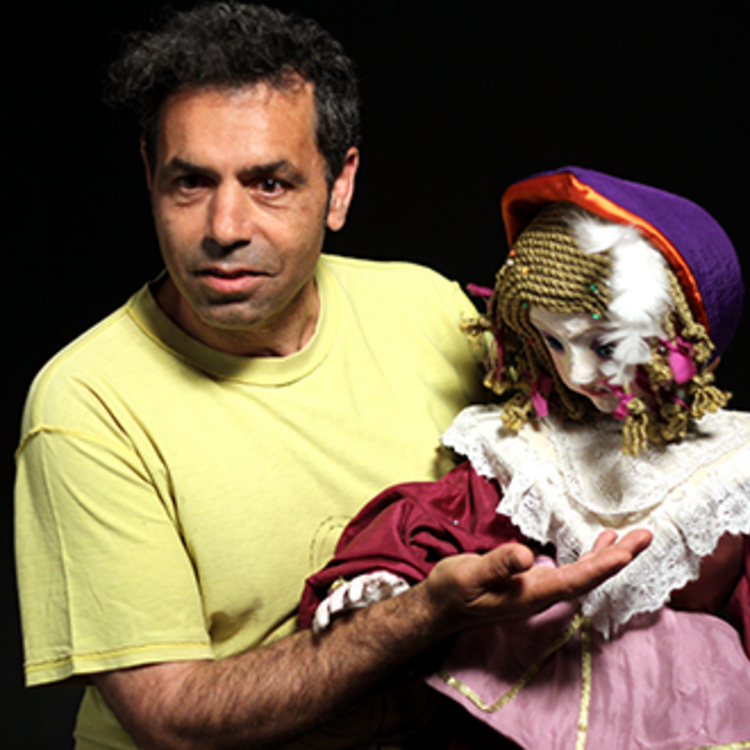
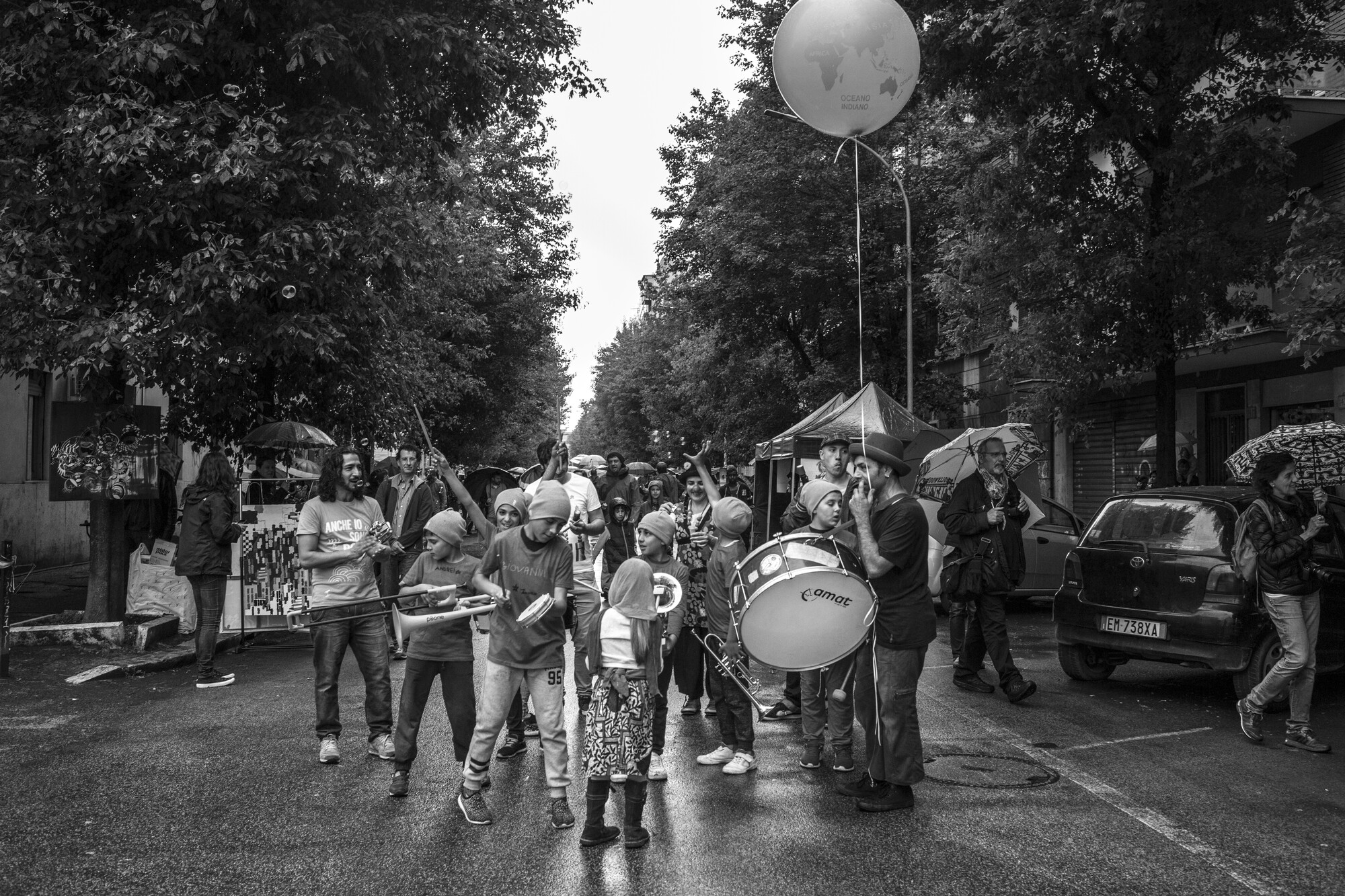
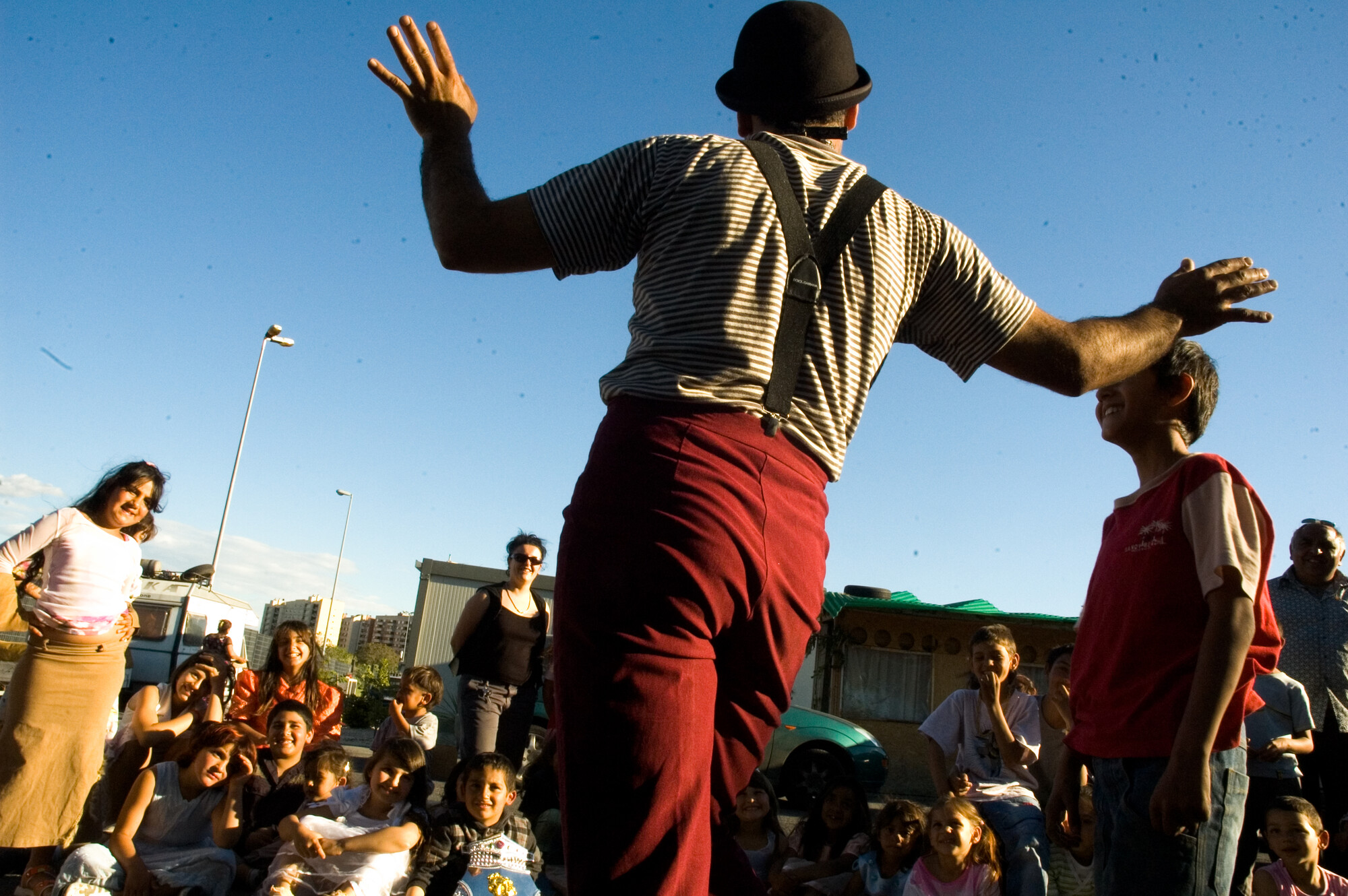
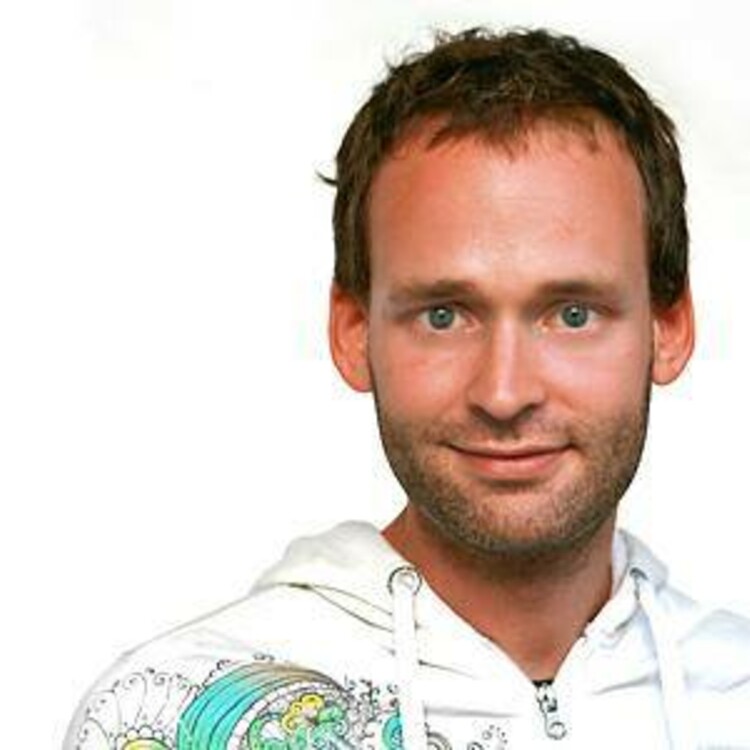
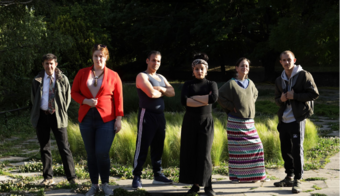


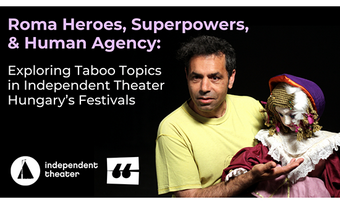

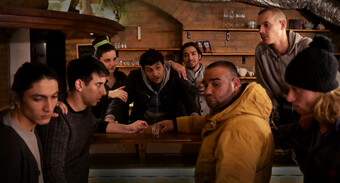

Comments
The article is just the start of the conversation—we want to know what you think about this subject, too! HowlRound is a space for knowledge-sharing, and we welcome spirited, thoughtful, and on-topic dialogue. Find our full comments policy here